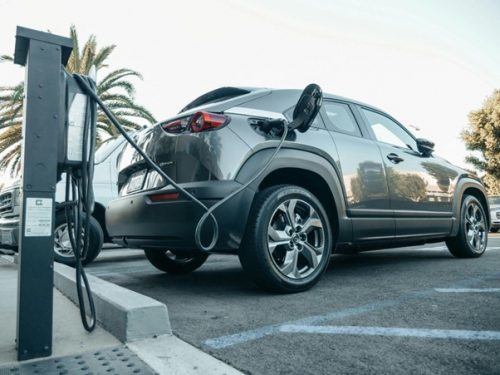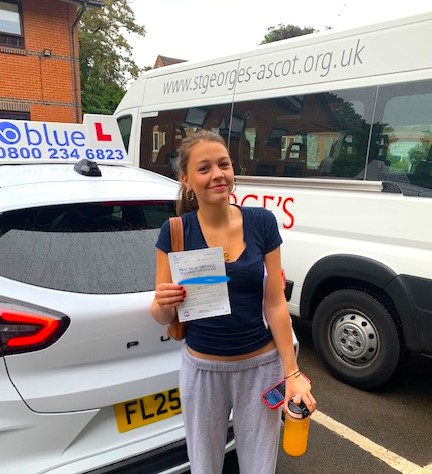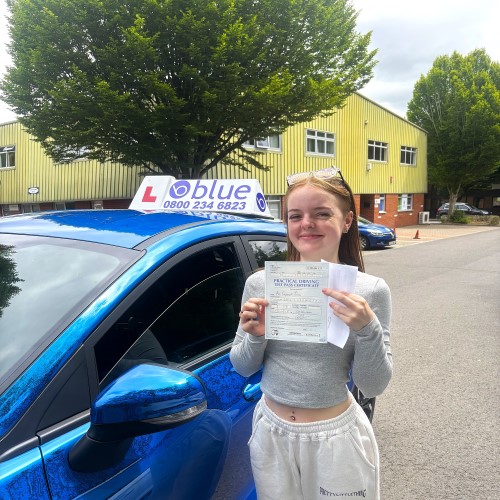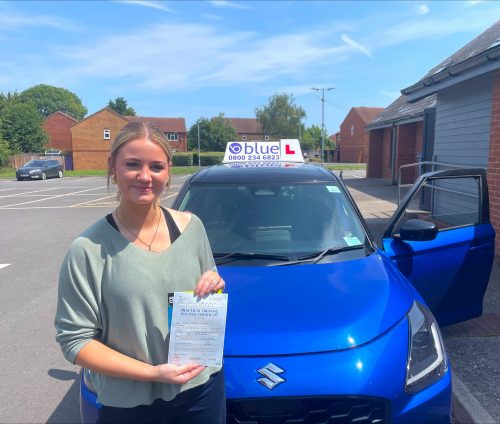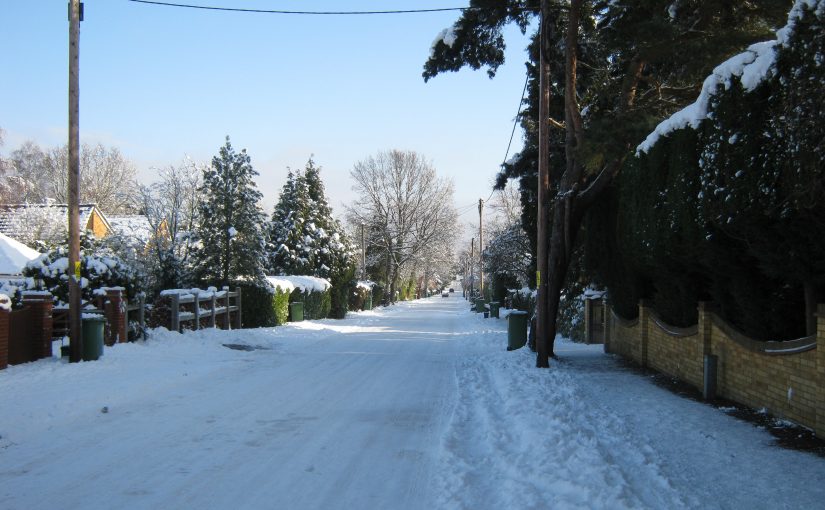
Hazard perception test now features more weather conditions
Posted in: Driving Tips, Motorway Driving, News.
The hazard perception part of the theory test now includes clips to test a learner driver’s ability to spot developing hazards in different weather conditions.
The hazard perception part of the theory test assesses the ability to spot ‘developing hazards’. These are things that would cause drivers to take action, like changing speed or direction.
In the theory test, you have to spot developing hazards in 14 video clips. You get points for spotting the developing hazards as soon as they start to happen.
Find out more about how the hazard perception test works
The clips in the car theory test now include scenarios including driving in:
- fog
- rain
- snow and ice
- wind
Some new clips also show driving at night and in low-light conditions, like dawn and dusk.
These new clips will also be added to:
- motorcycle theory tests from December 2018
- lorry, bus and coach theory tests from early 2019
- approved driving instructor (ADI) part 1 tests and Driver and Vehicle Standards Agency (DVSA) enhanced rider scheme trainer theory tests from early 2019
The way the hazard perception part of the theory test works and is scored is not changing. The pass mark is also not changing.
Watch example clips
Watch examples of the types of clips that have been introduced.
Why the new types of clips are being introduced
The Department for Transport’s reported road casualties report for 2017 shows that 16,406 accidents happened in rain, sleet, snow or fog. Of those, 205 accidents were fatal.
It’s vital that learner drivers can spot developing hazards and take appropriate action. It’s particularly important in more challenging conditions, and where the stopping distance is longer than dry roads.
In wet weather, stopping distances will be at least double those required for stopping on dry roads. In icy or snowy weather, it can be as much as 10 times greater.
Find out more about driving in bad weather
Hazard perception testing leads to a reduction in collisions
Research from the Department for Transport (PDF, 1.1MB) has shown that hazard perception training and testing could account for an 11% reduction in collisions, potentially saving hundreds of lives every year.
Jesse Norman, Road Safety Minister, said:
The UK has some of the safest roads in the world, but we’re always looking for ways to make them safer.
These new hazard perception clips offer more realistic driving conditions to test a learner driver’s ability, preparing them for overcoming the real-life challenges they will face on the road – something that should benefit all road users.
Tags: hazard perception test







